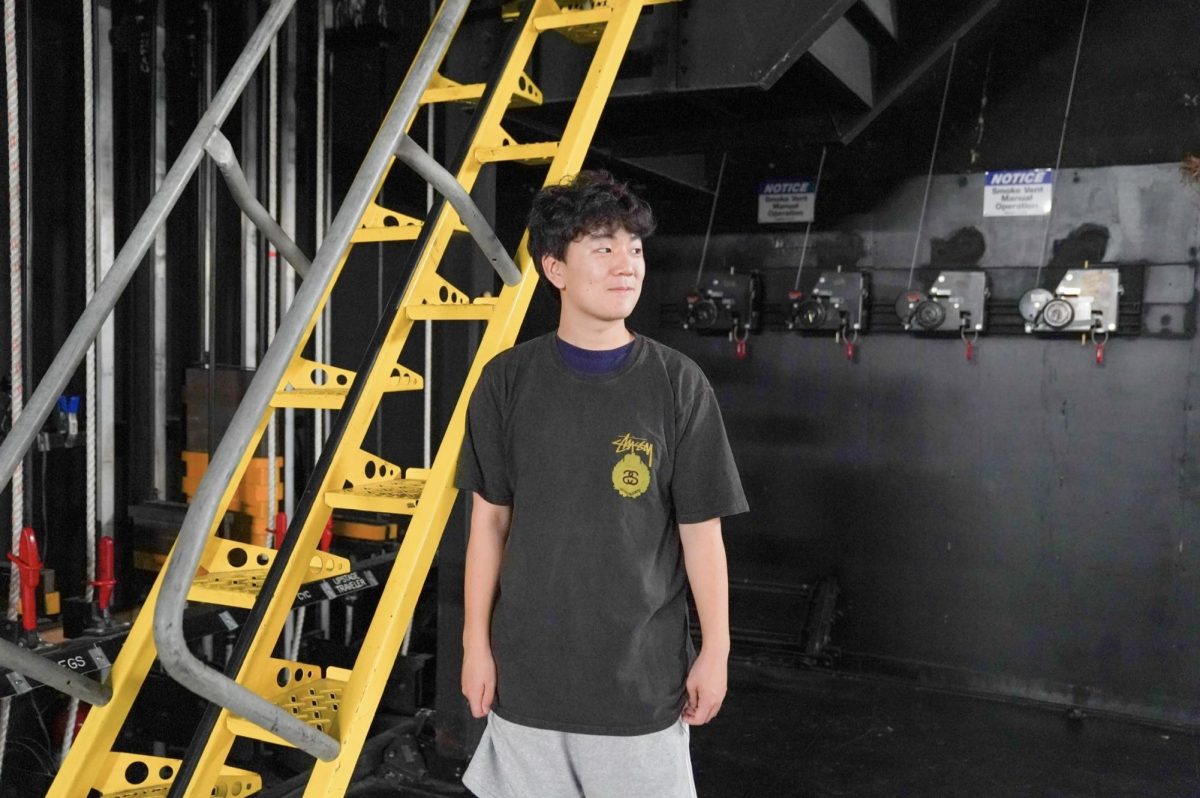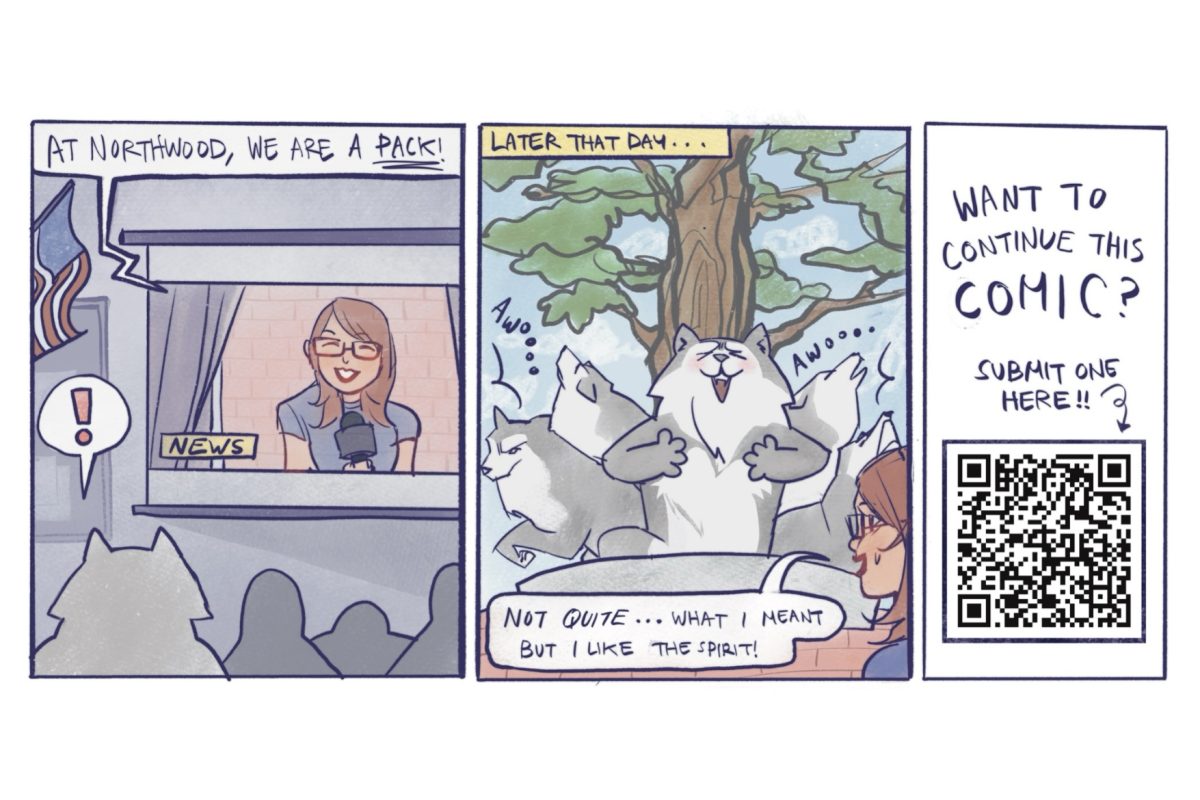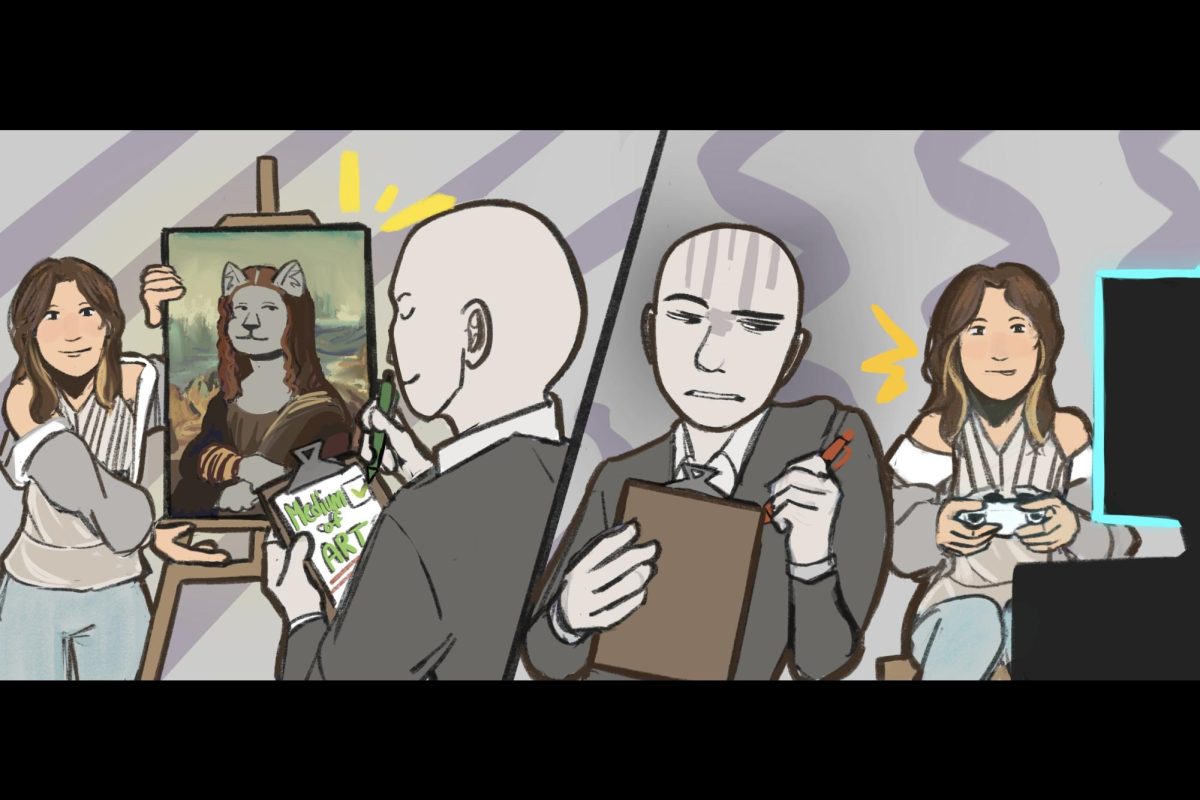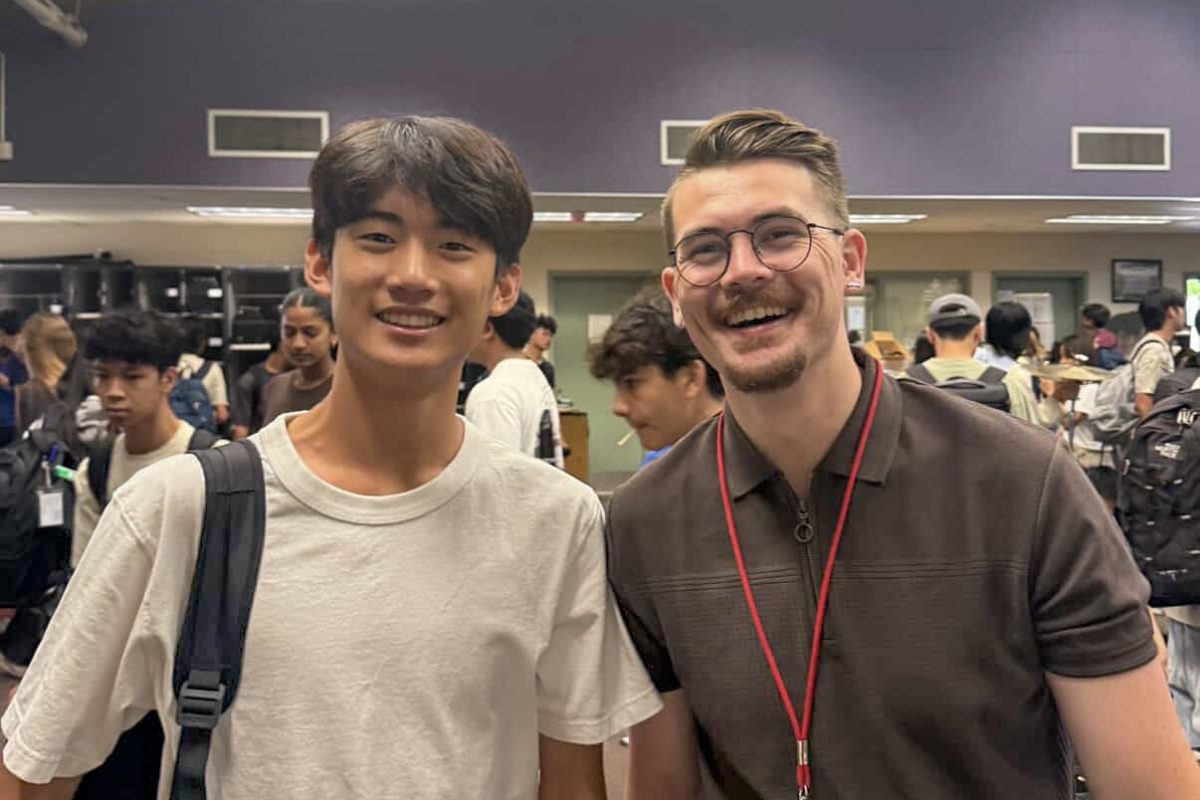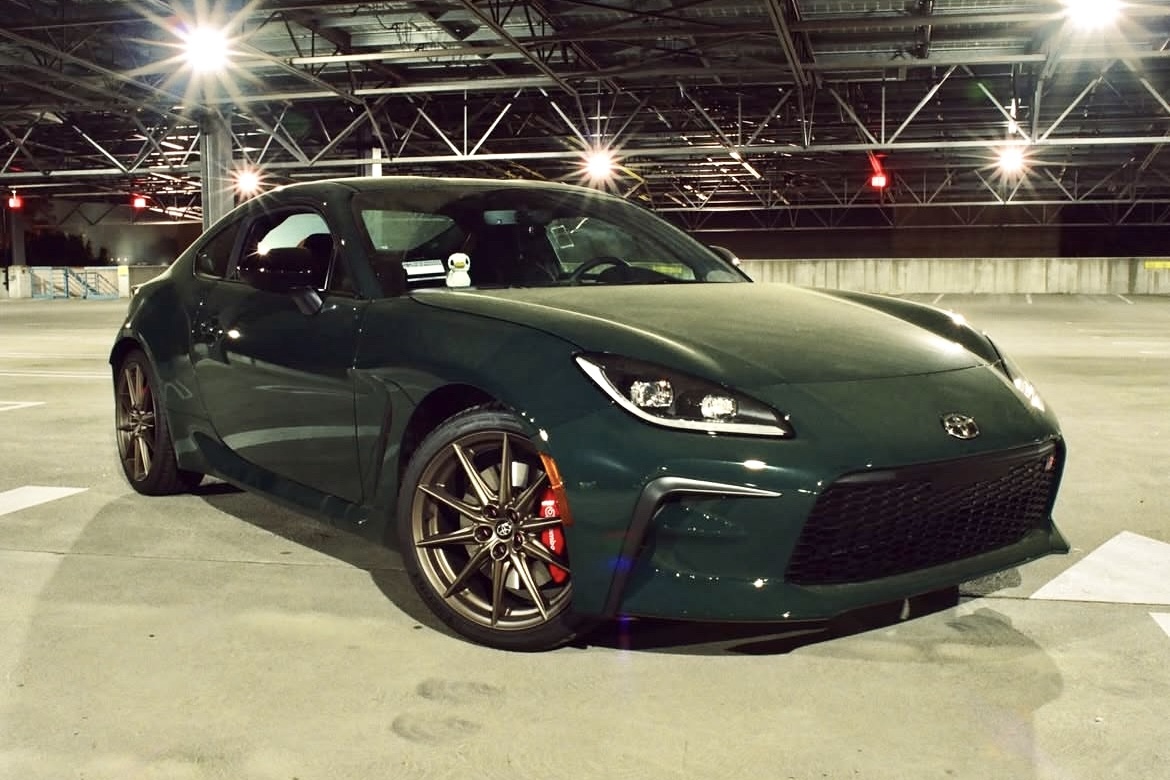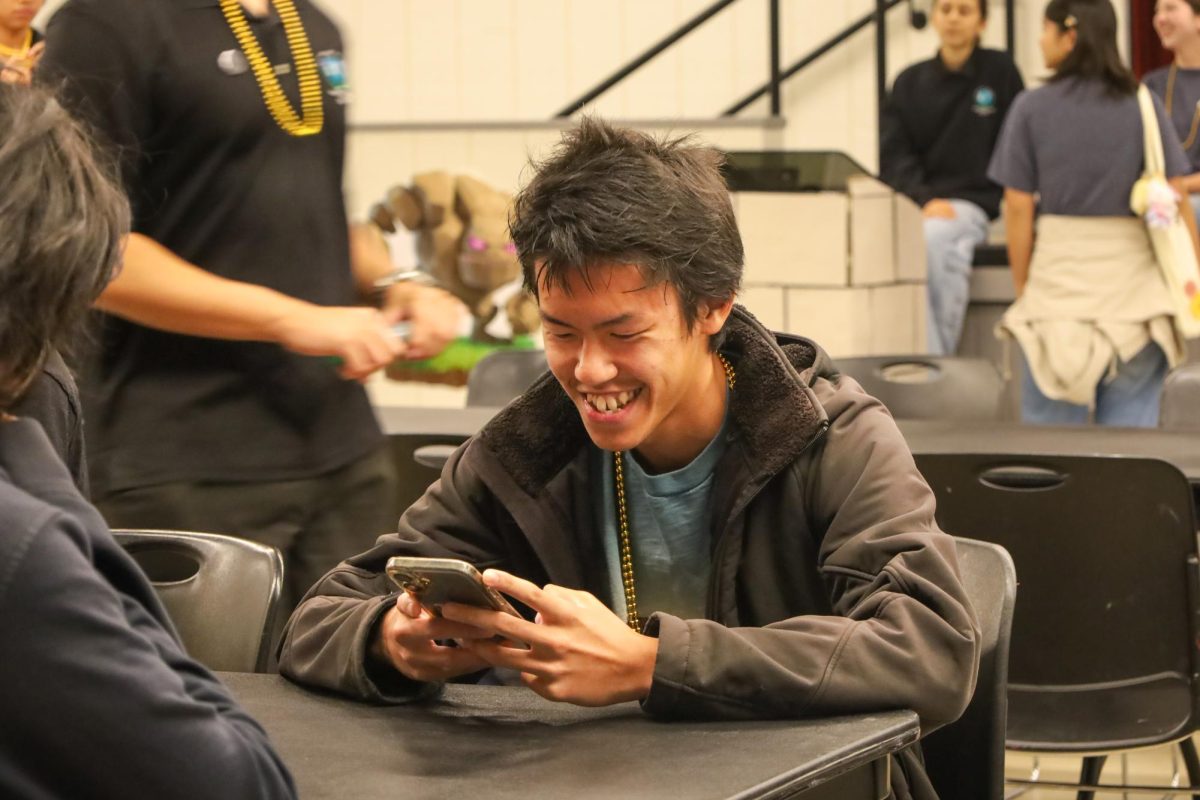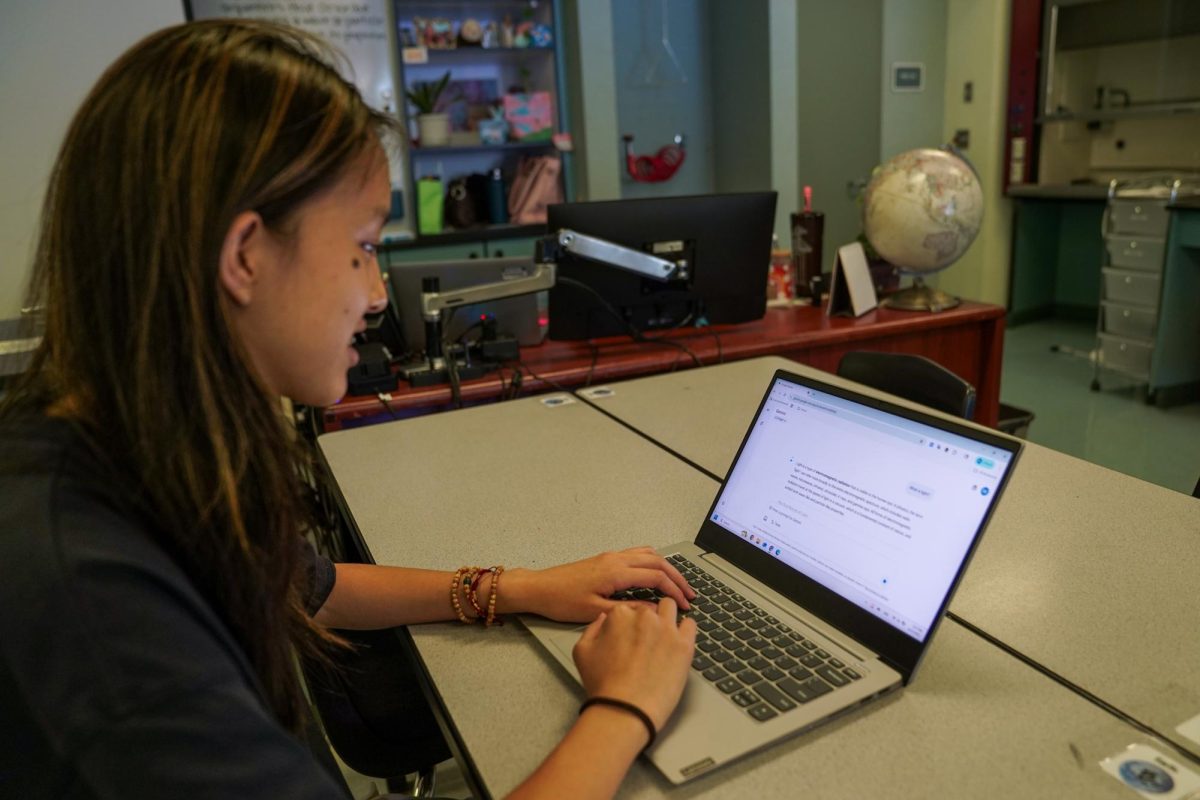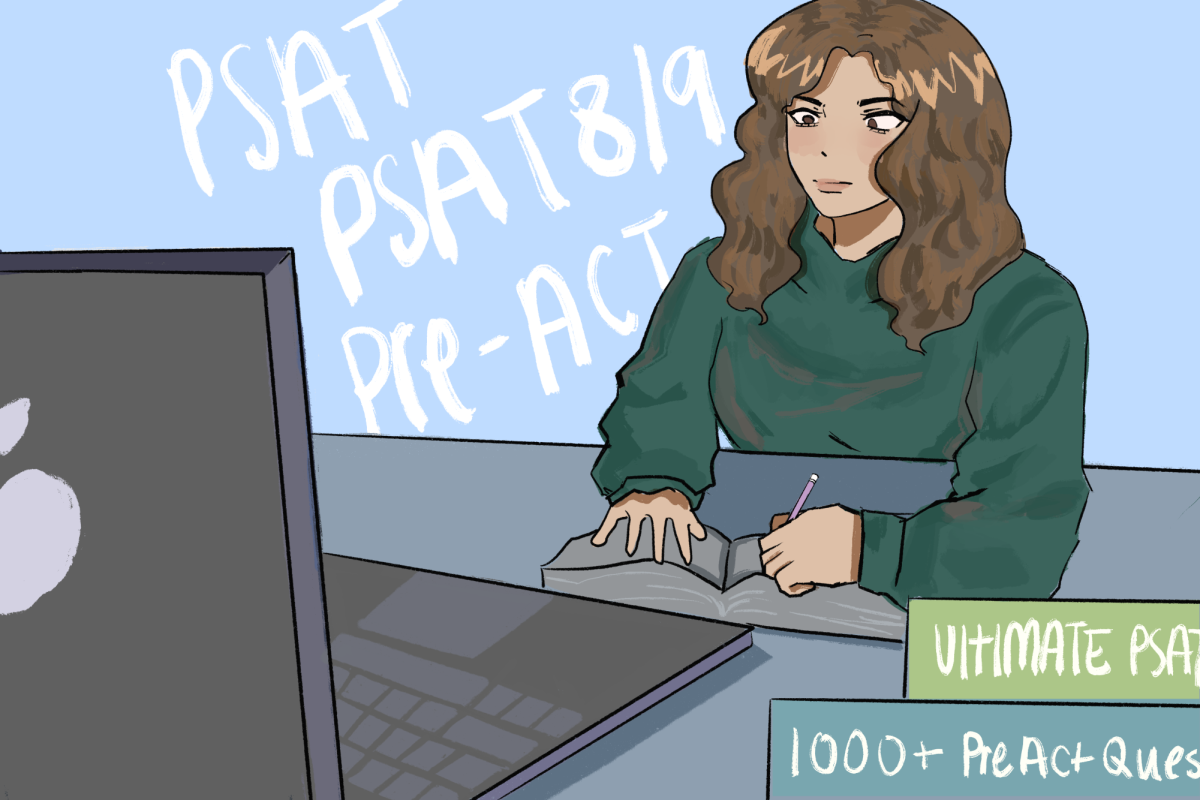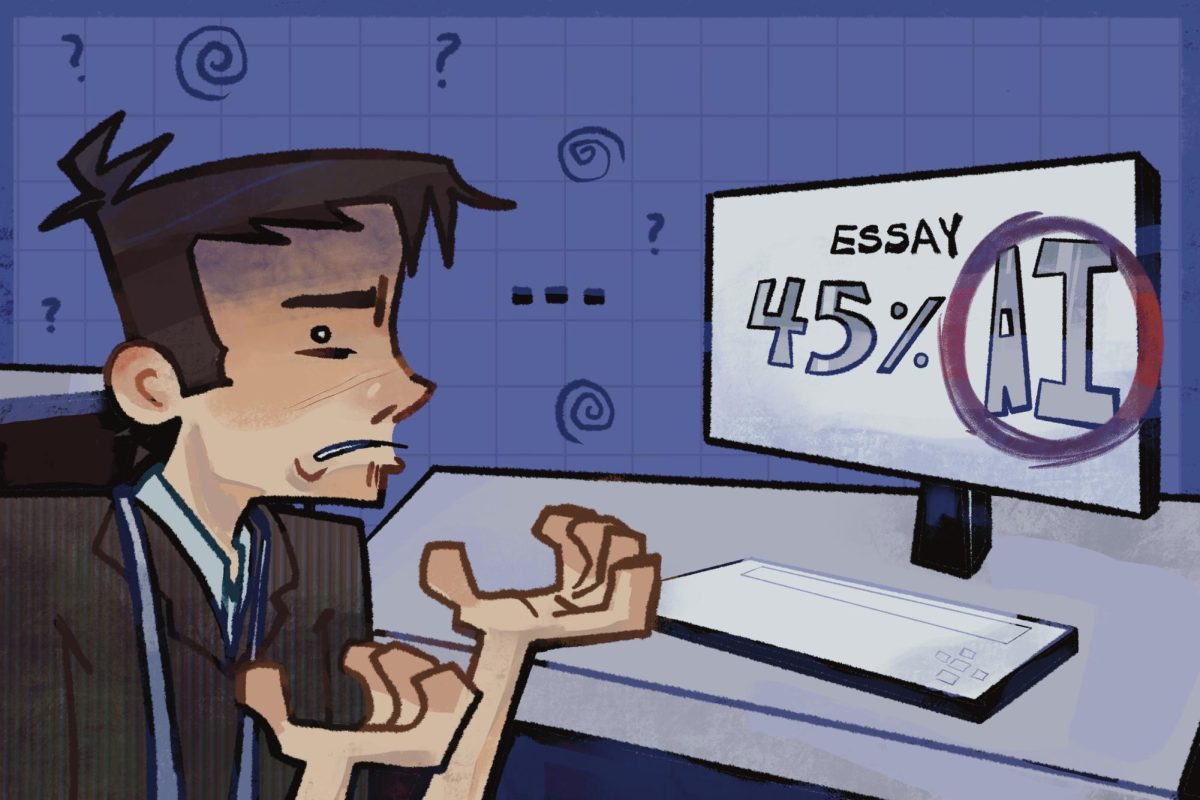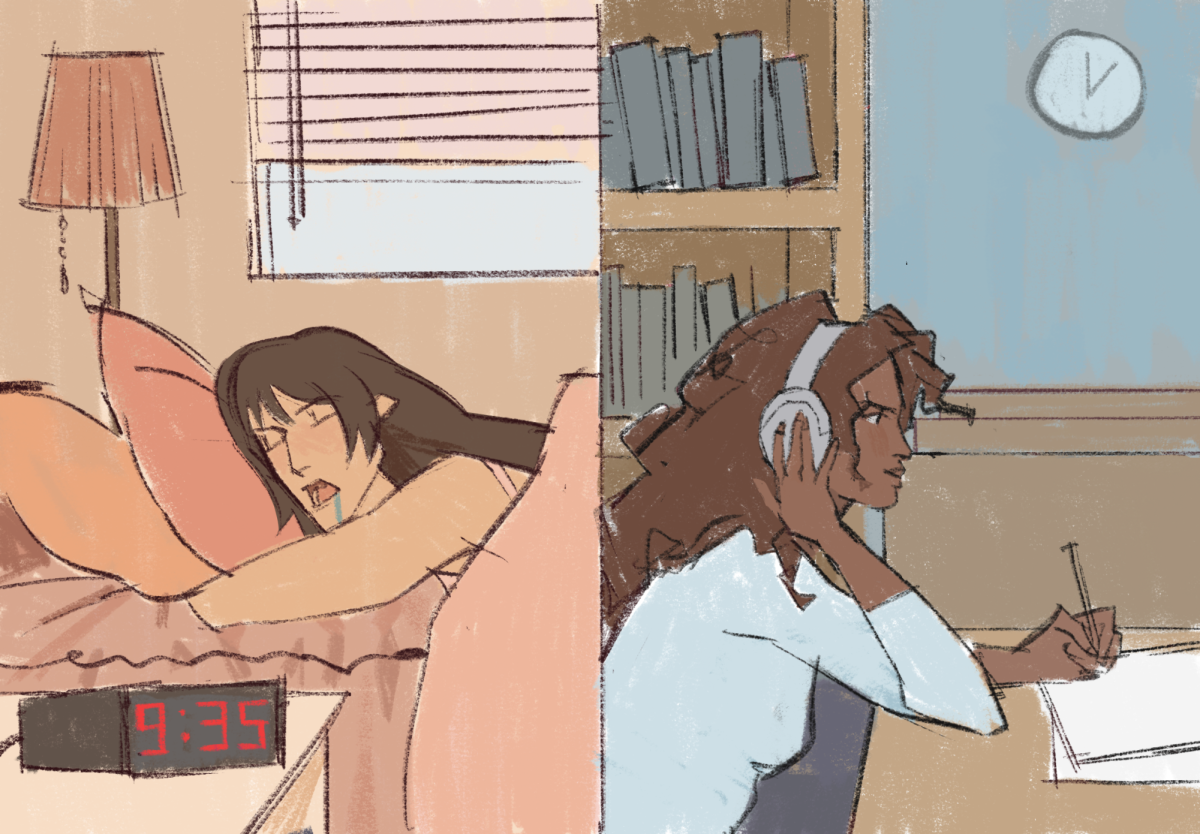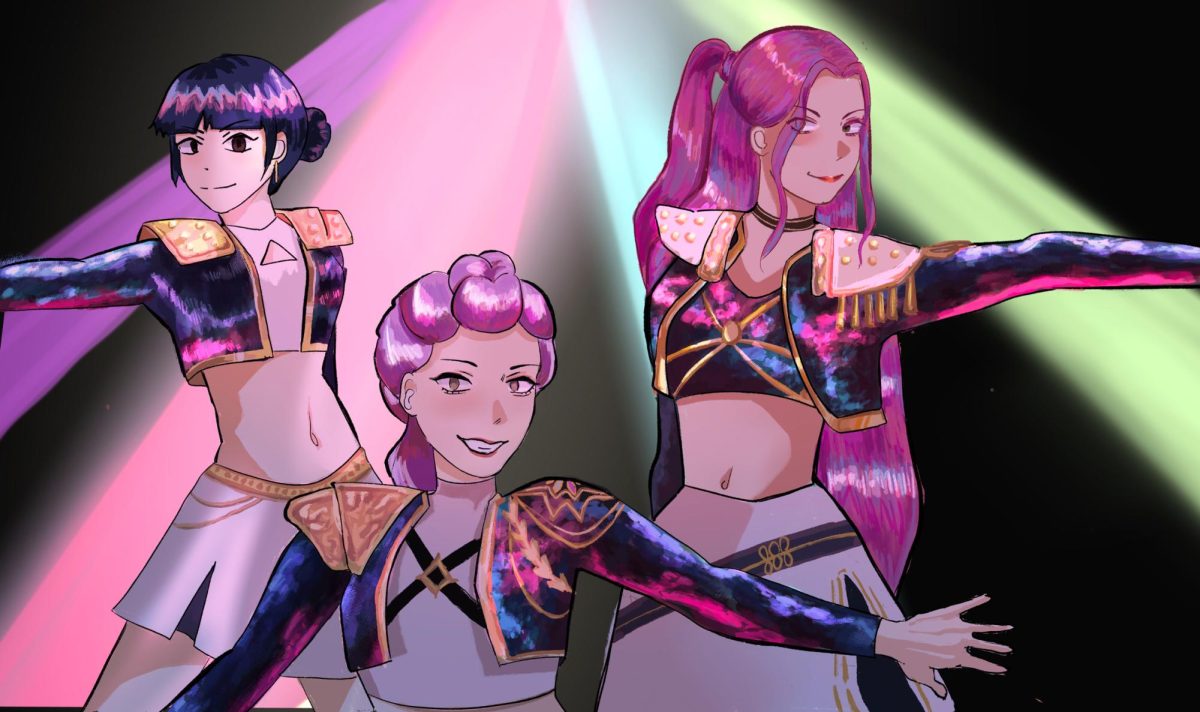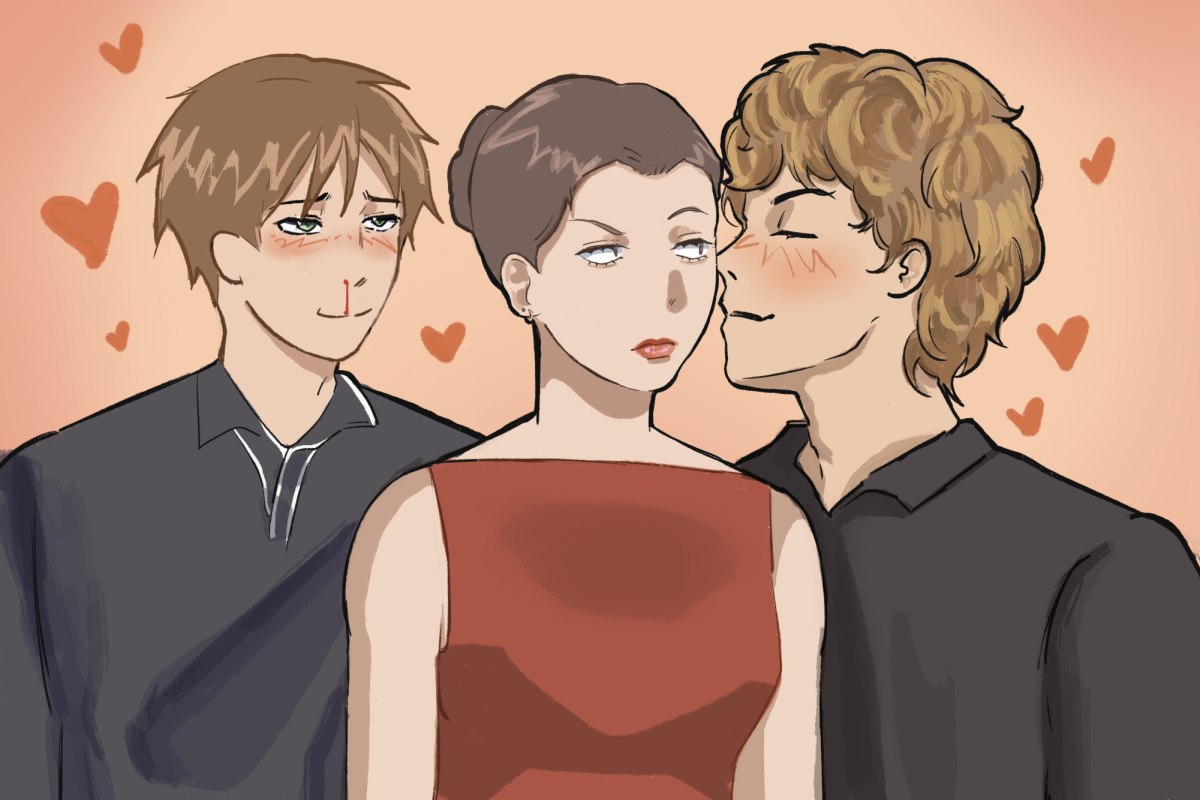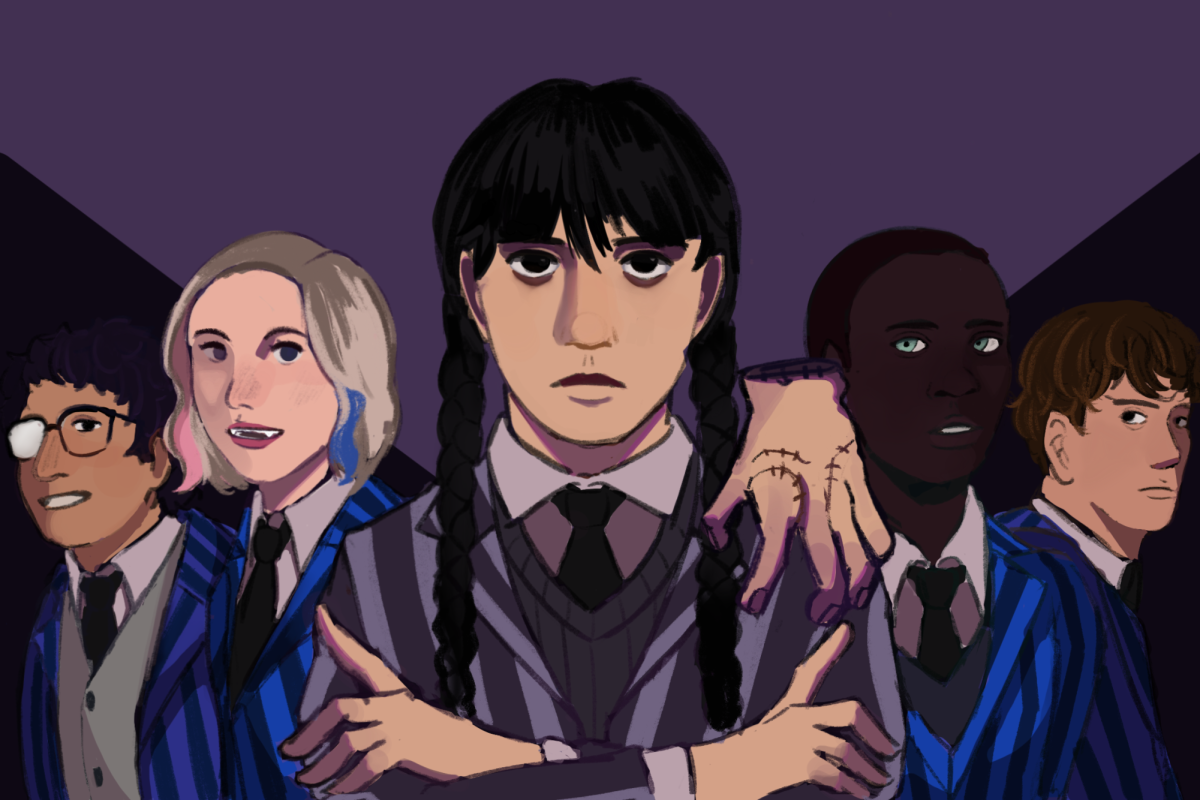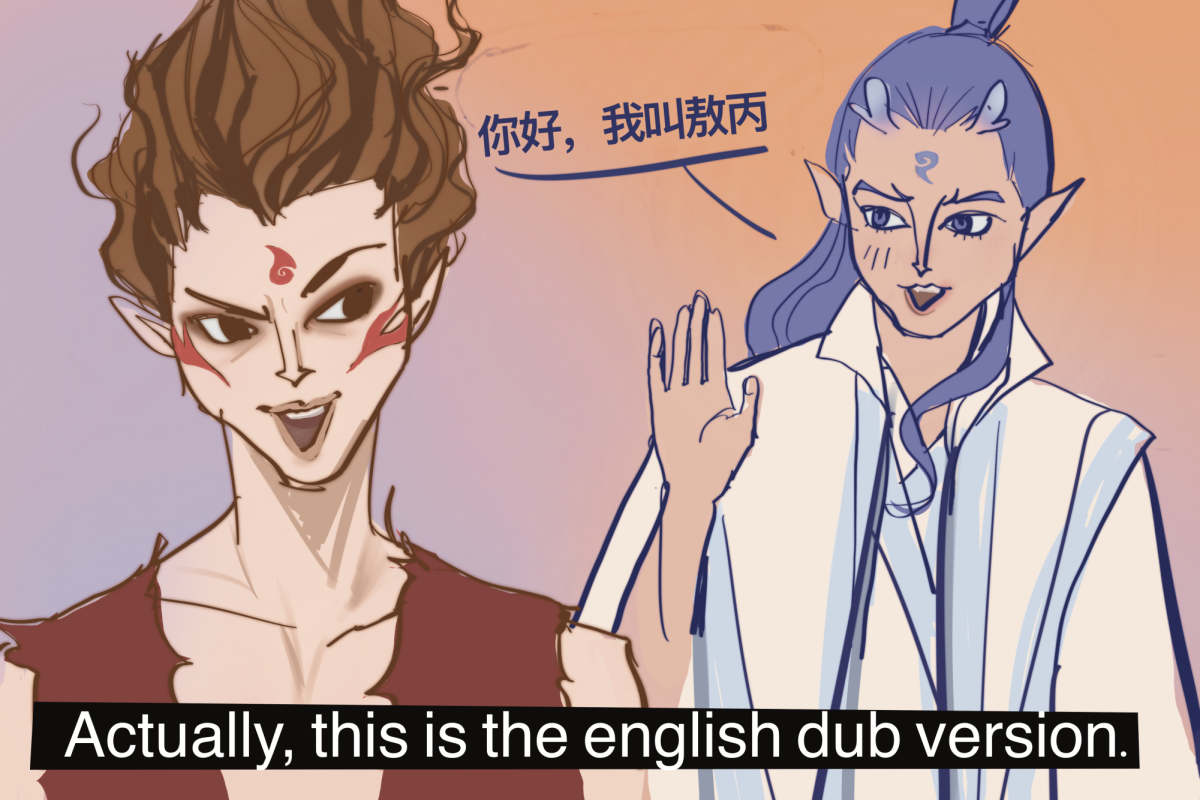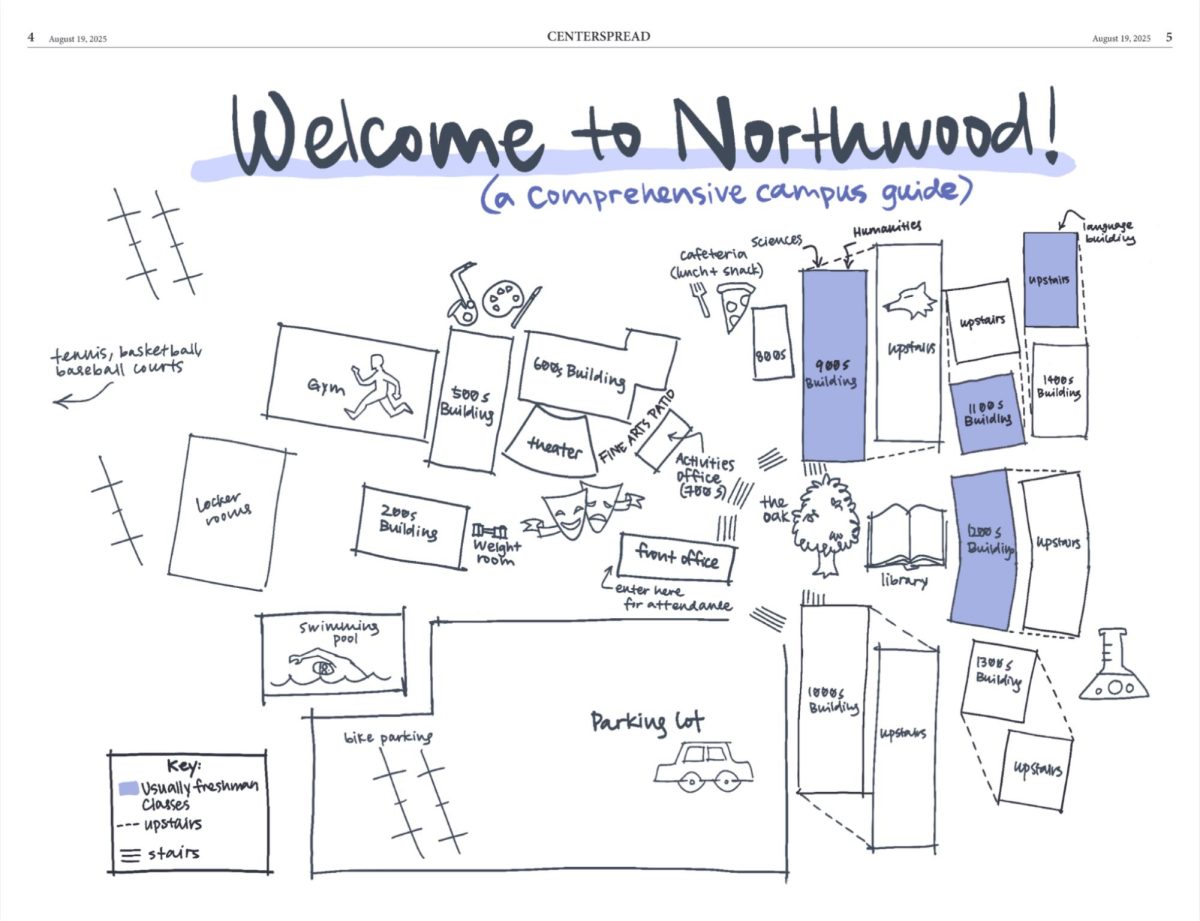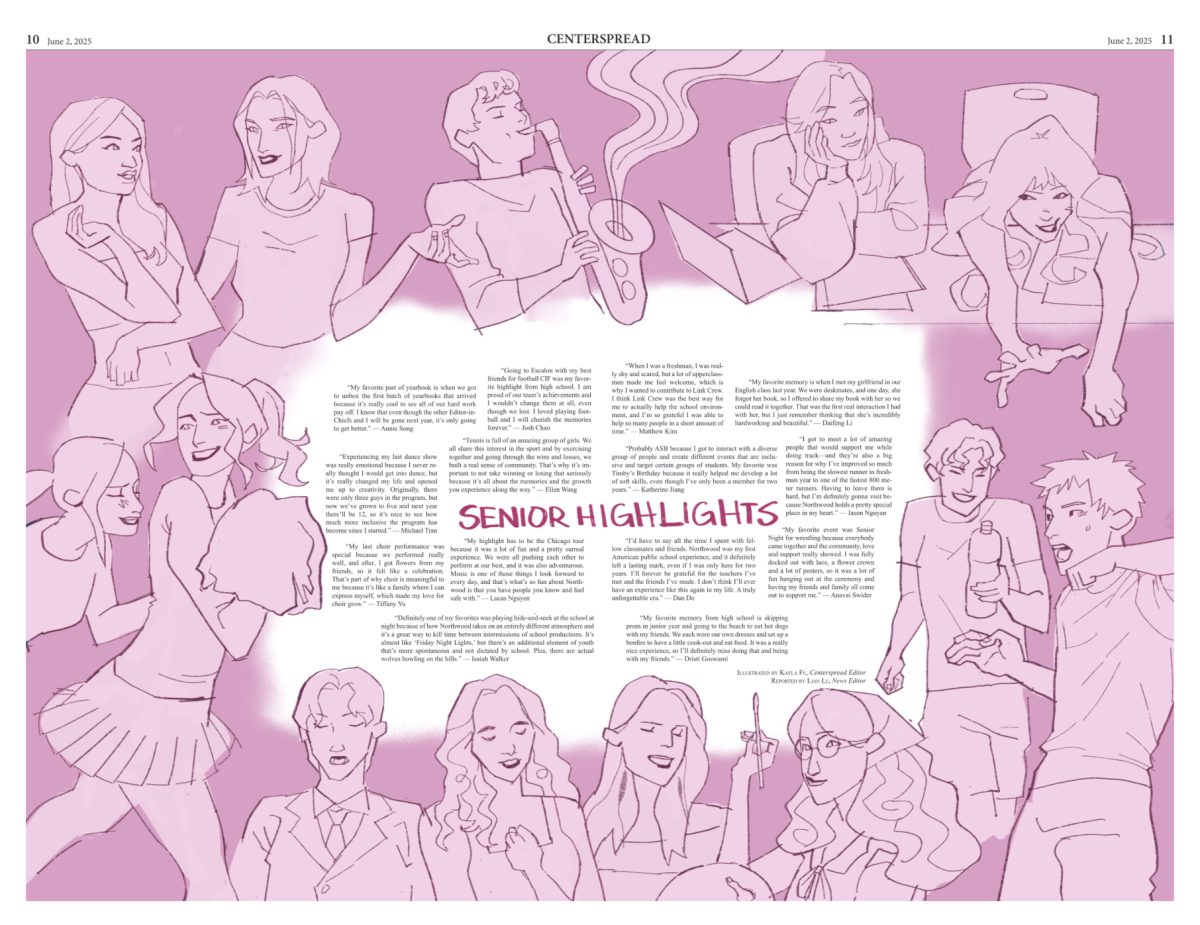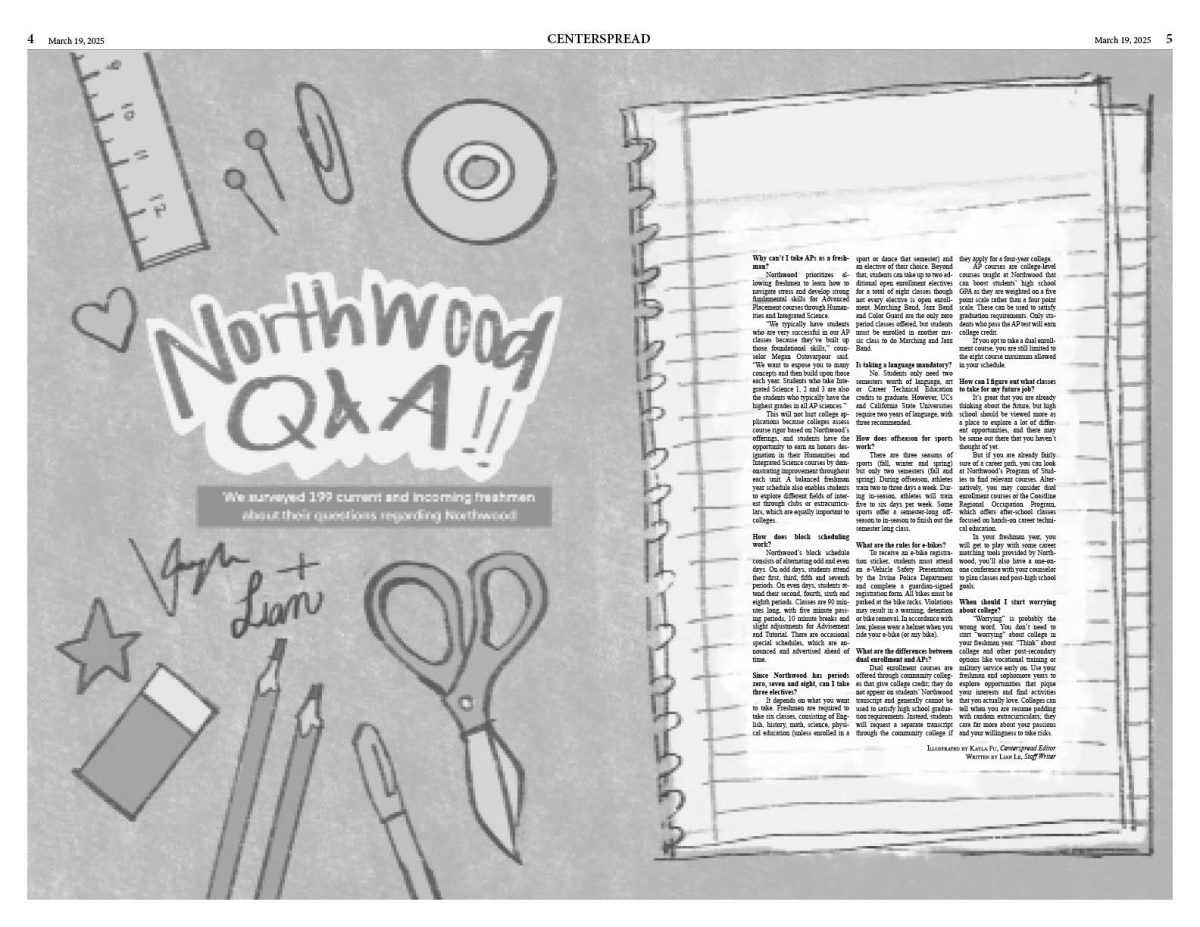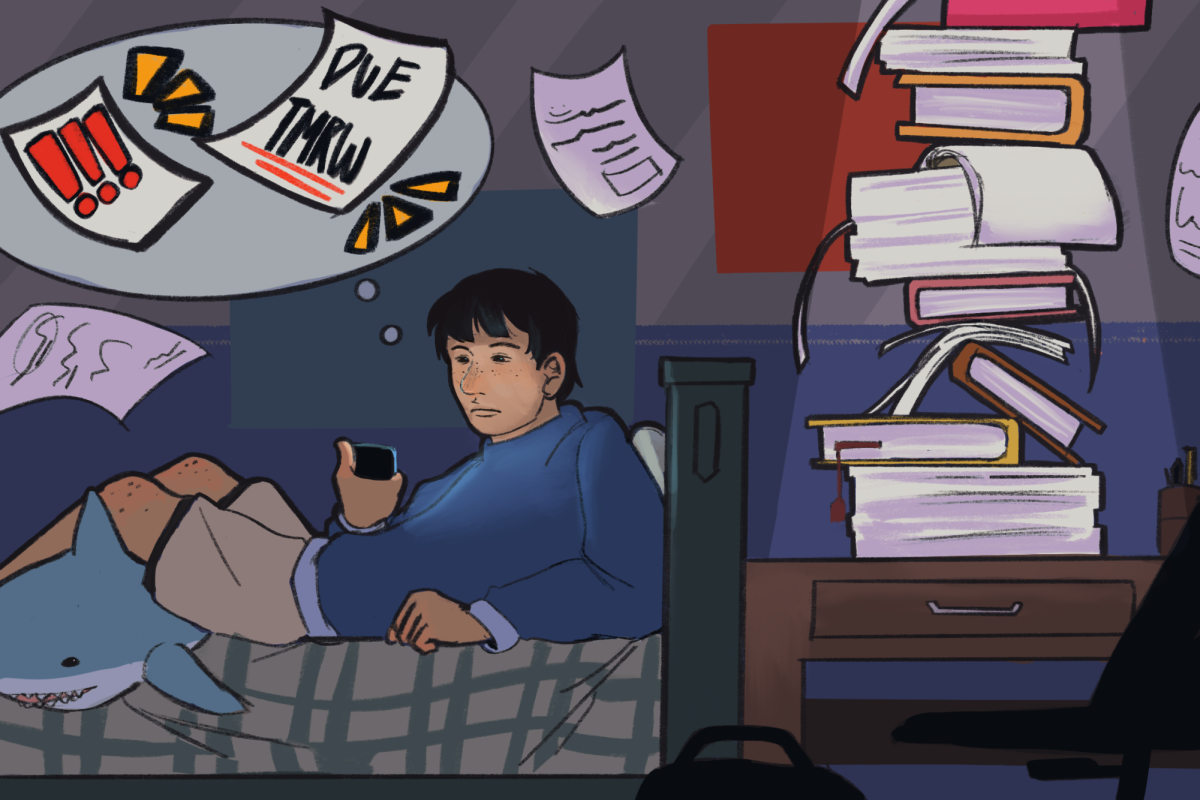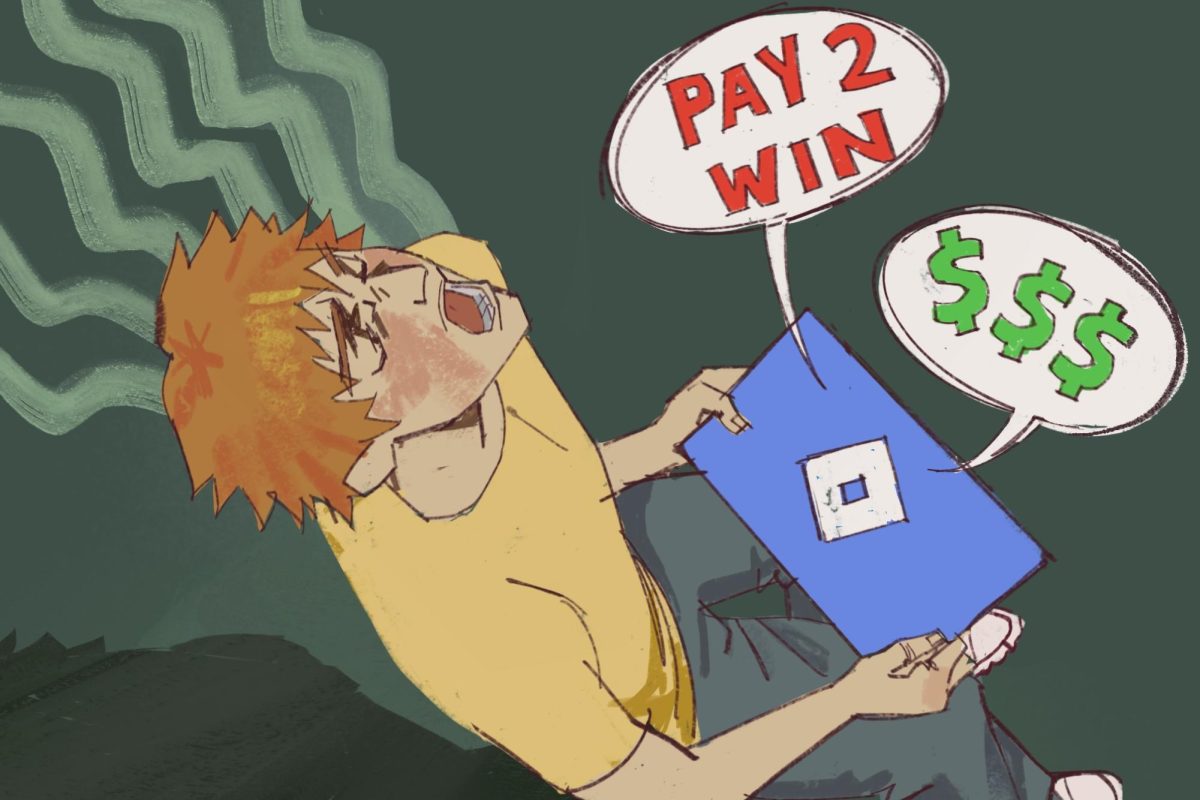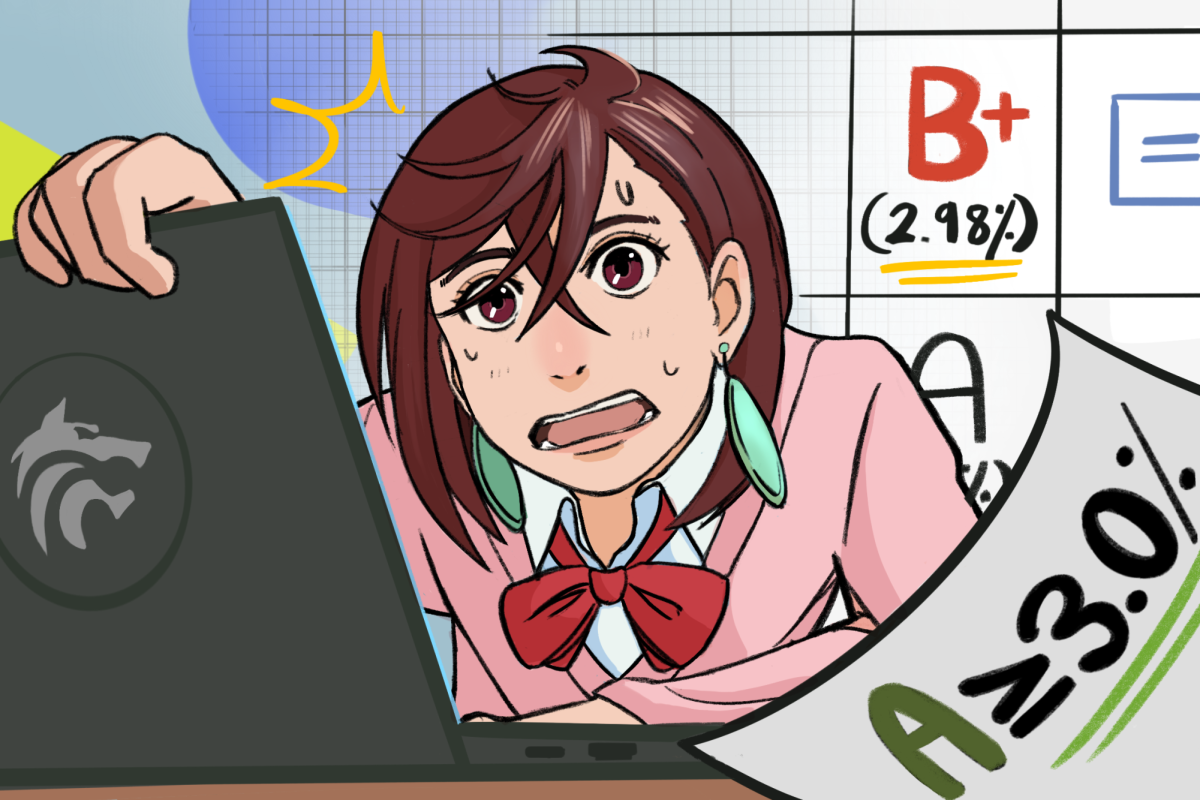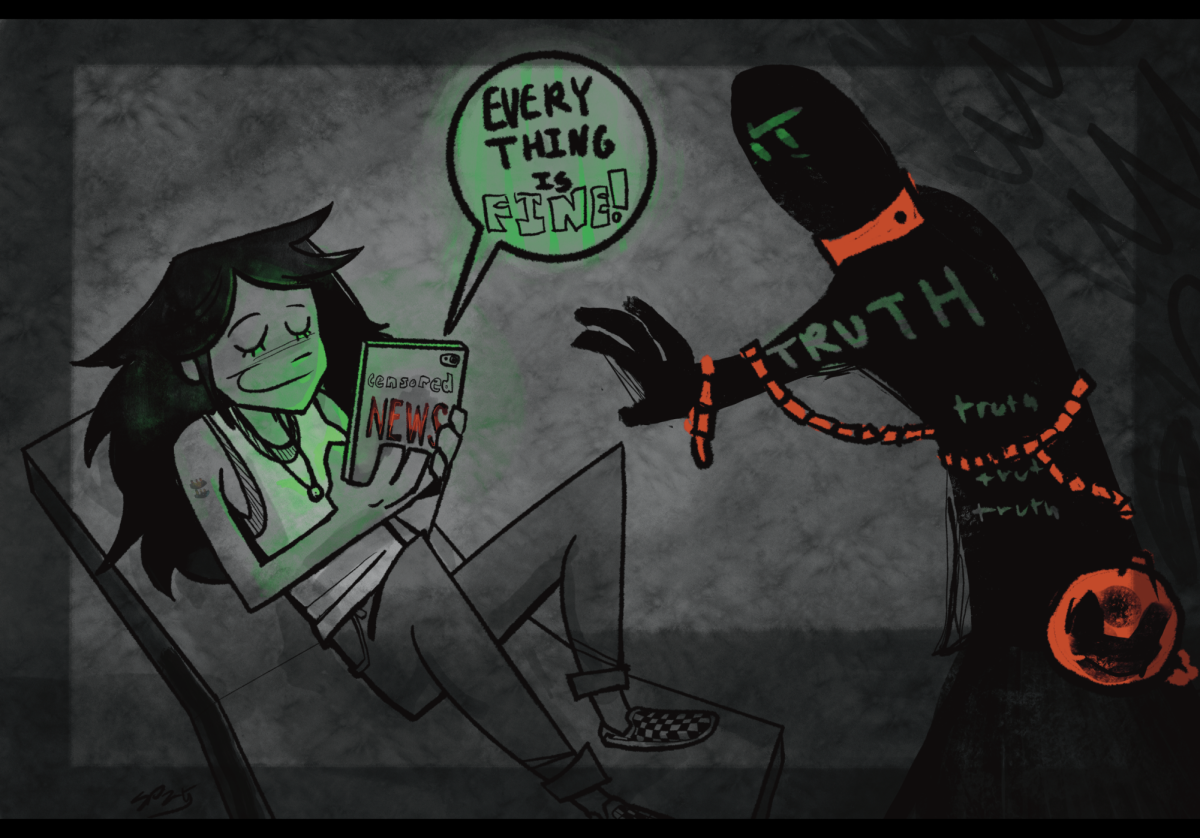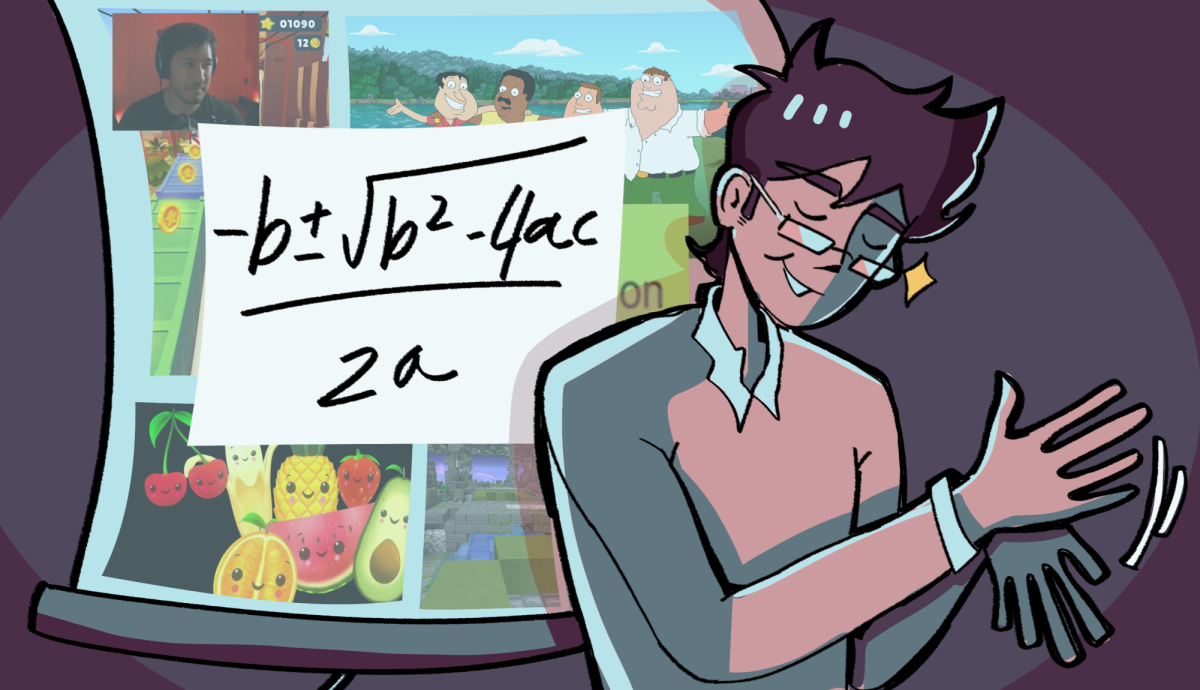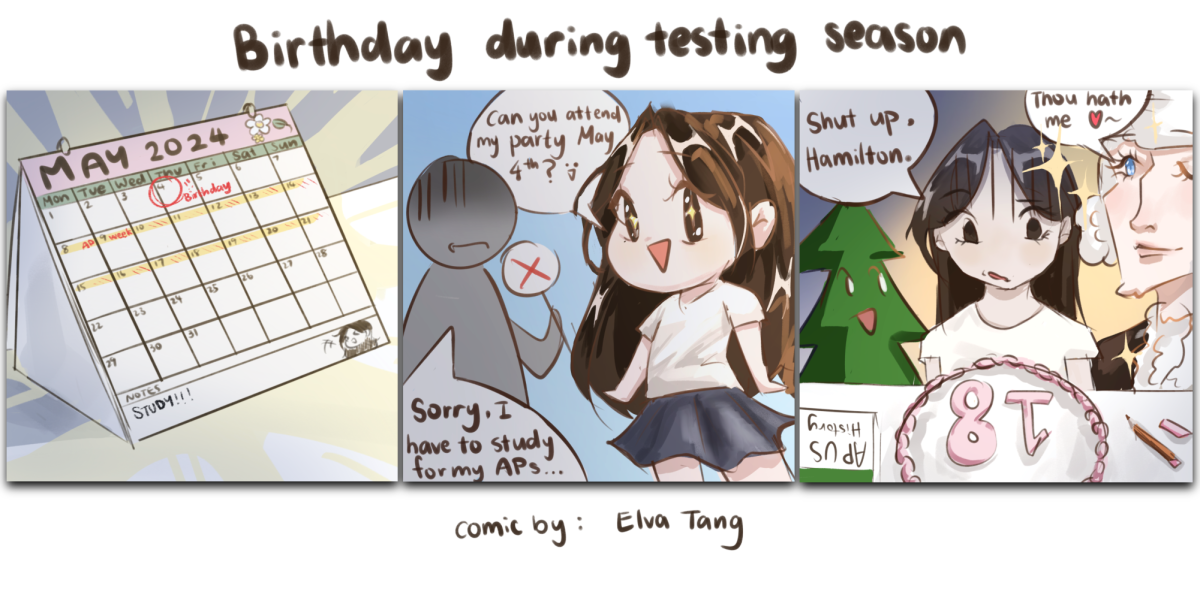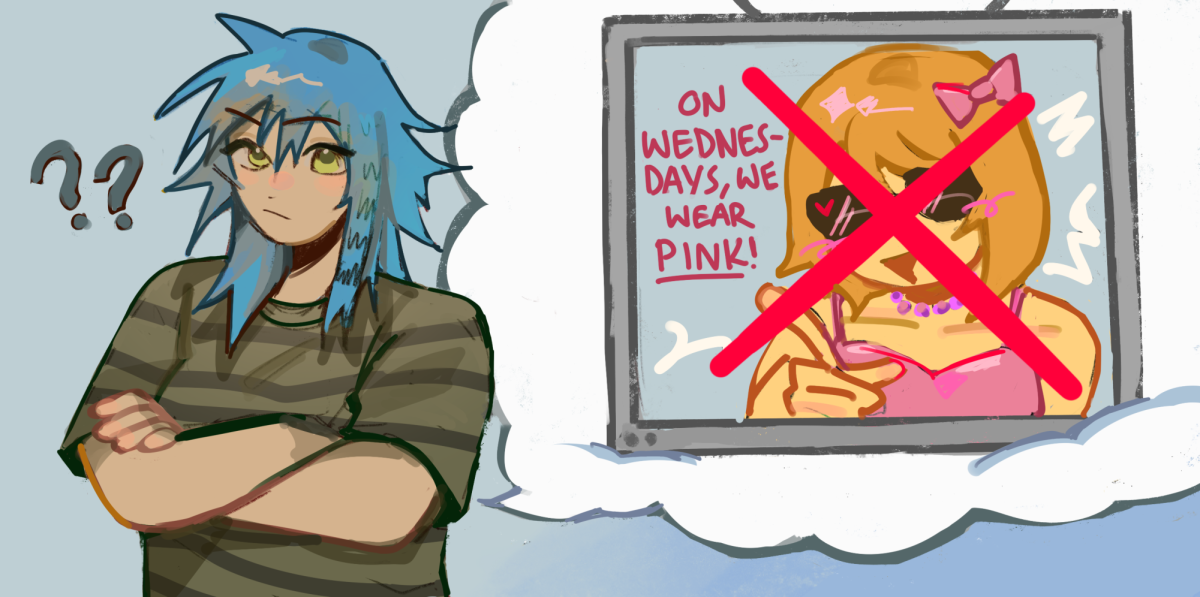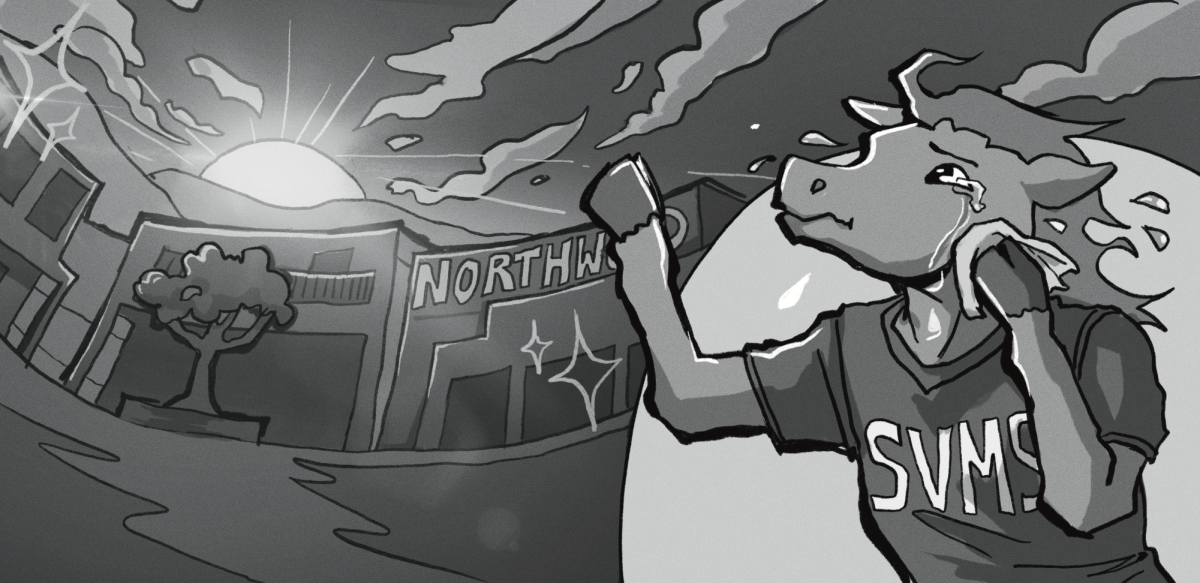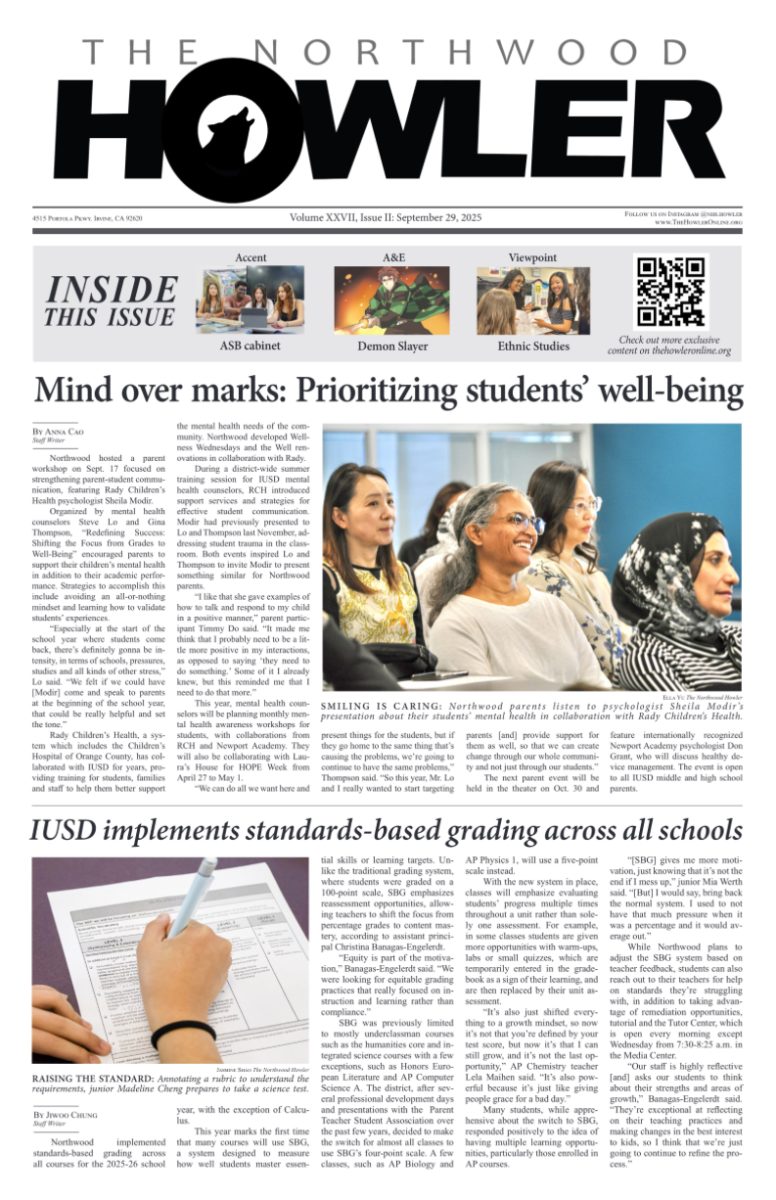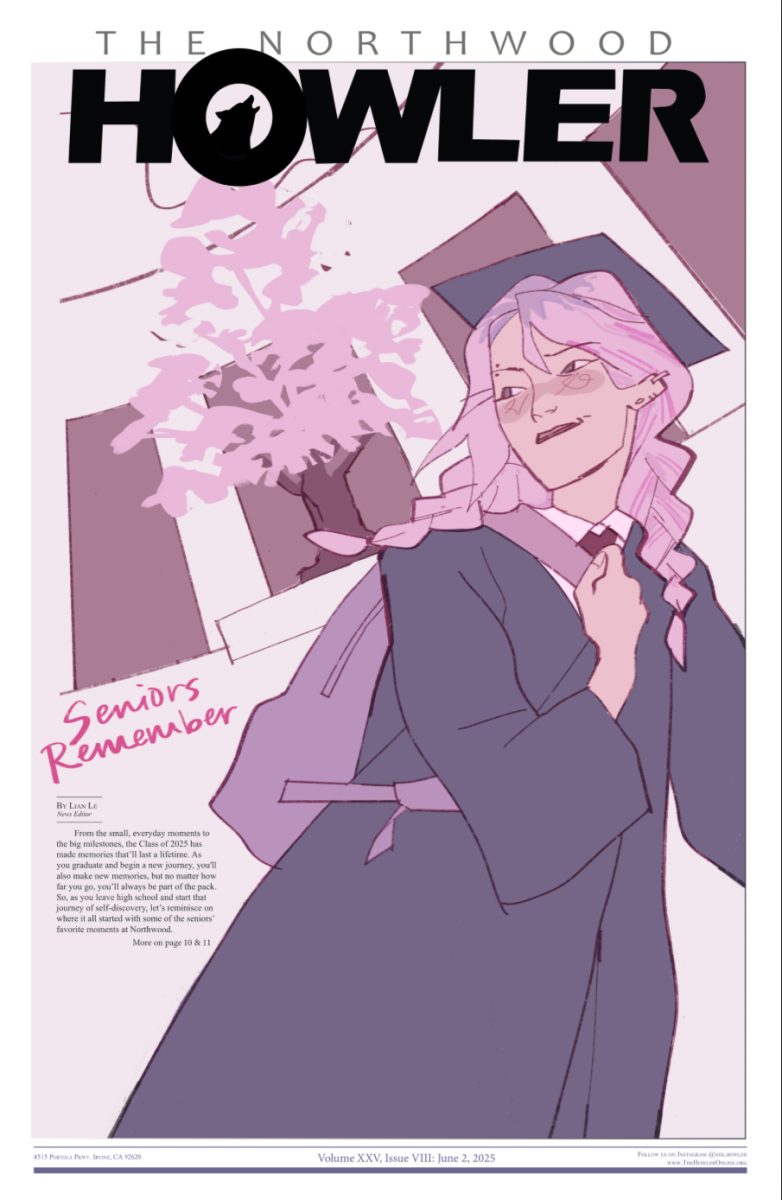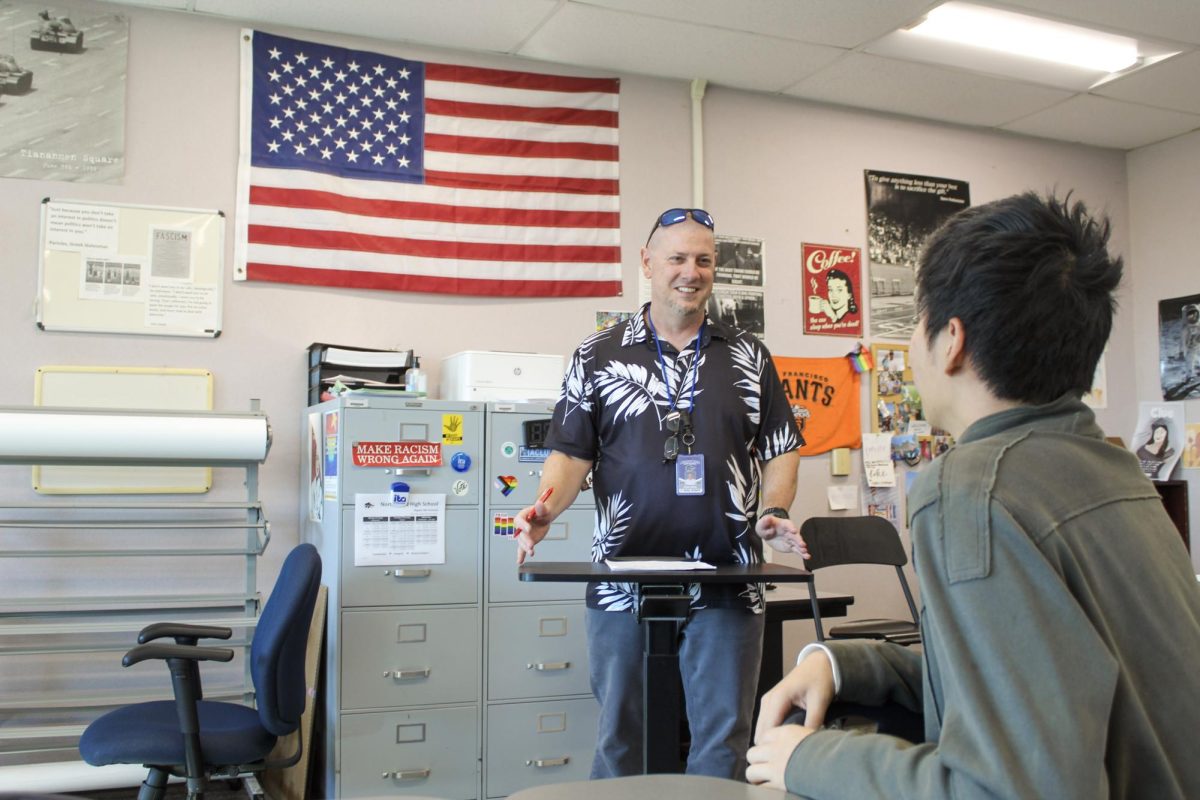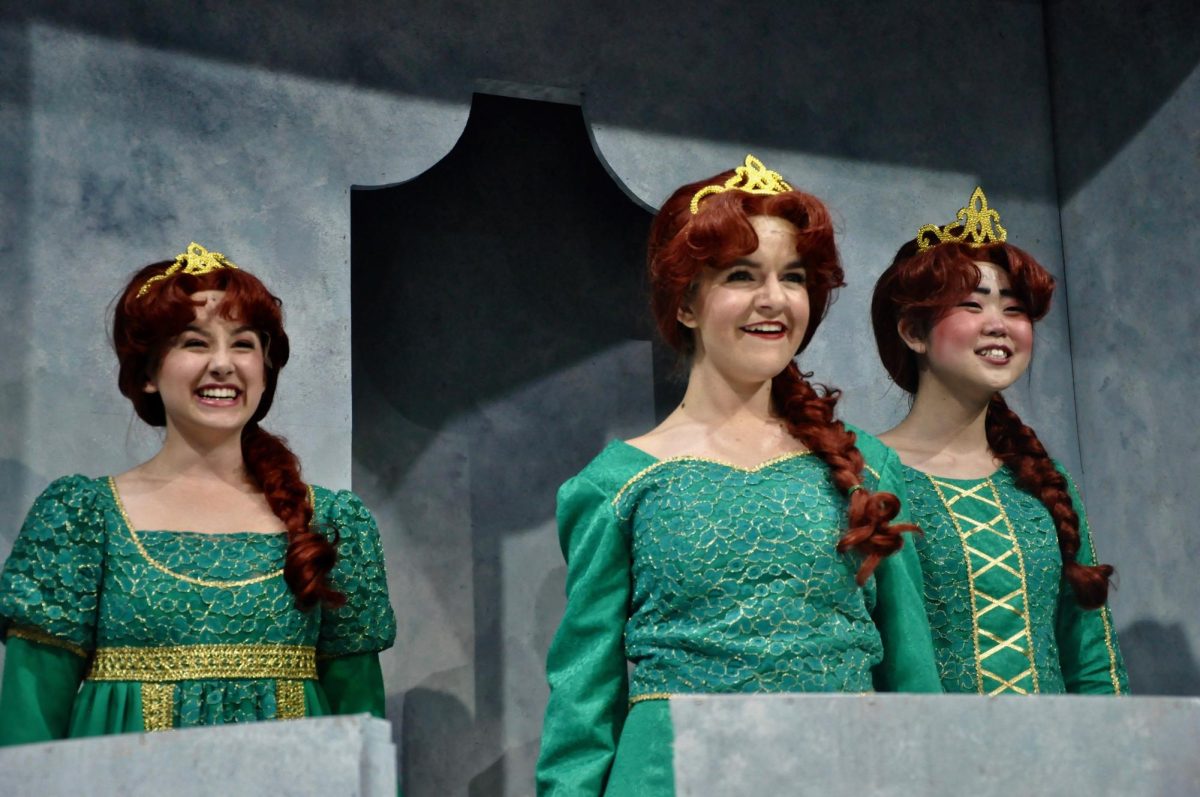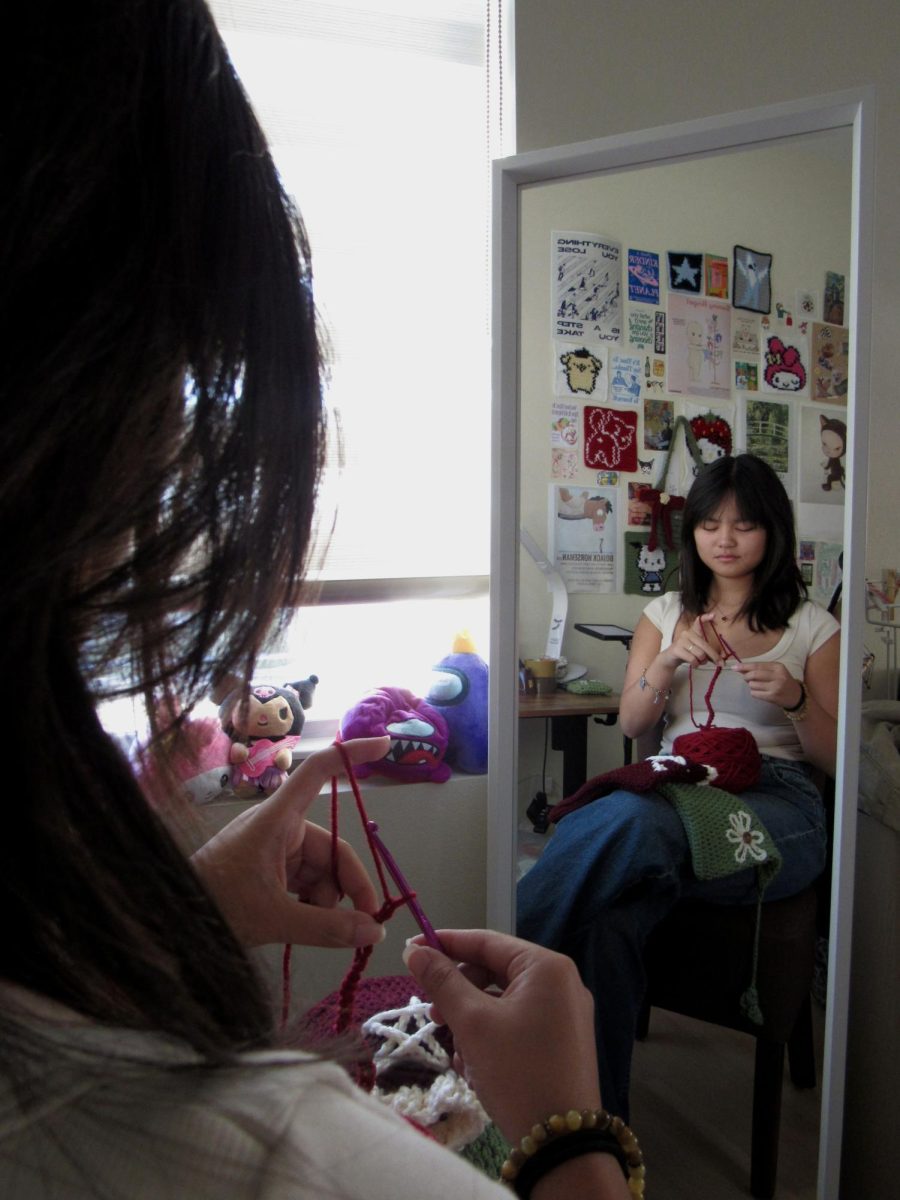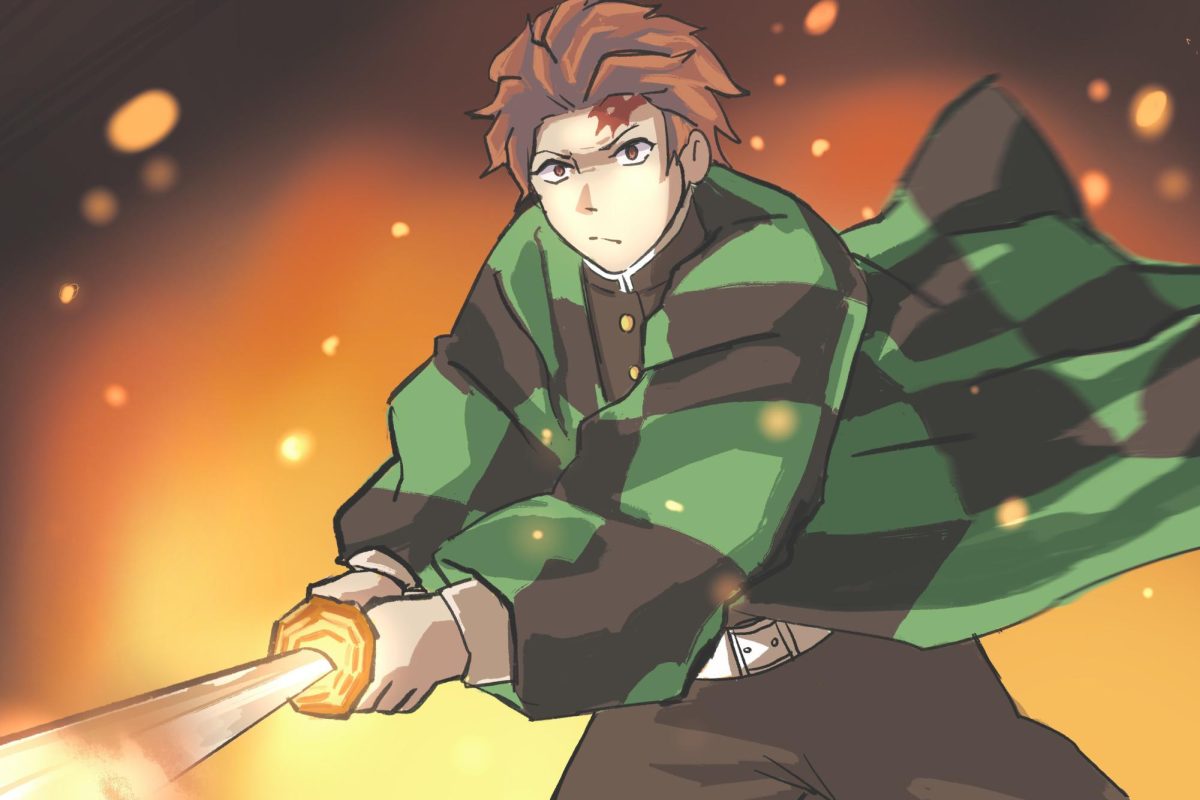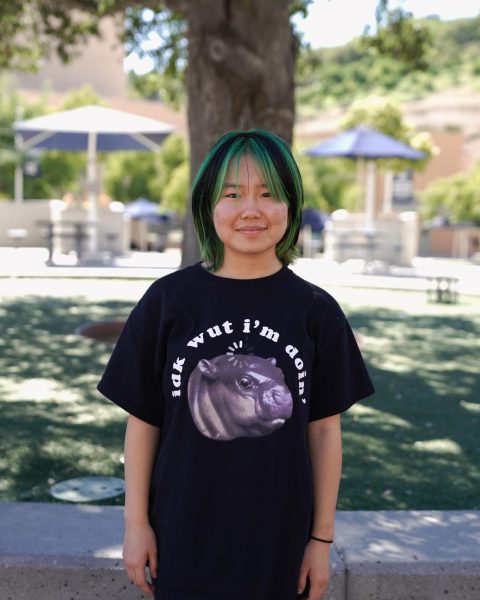The manga is finished, and the anime is almost complete. But “Demon Slayer” continues to wow audiences with its newest installment, “Demon Slayer: Infinity Castle,” releasing in both subtitles and dubbed English on Sept. 12. The inventive, striking visuals and invigorating soundtrack make this animated movie come to life.
“Demon Slayer,” produced by animation studio Ufotable, chronicles the tales of demon slayer Tanjiro Kamado (Natsuki Hanae), a teenager who attempts to cure his little sister, Nezuko (Akari Kito), after she was turned into a demon and his family was murdered by the Demon King Muzan Kibutsuji (Toshihiko Seki).
Preceding the events of the movie are four seasons and one movie, which can be found on several streaming platforms such as Crunchyroll and Hulu, all requiring subscriptions.
The film is part one of three movies set to conclude the “Demon Slayer” saga, and begins after Muzan is gravely injured and is about to be attacked by the Hashiras, known to be the strongest demon slayers. Muzan subsequently transports himself and the demon slayers into his realm, the Infinity Castle, in an effort to save himself.
Instantly, the movie’s striking 2D animation with CGI fills the screen with the dark, ominous browns and purples of the Infinity Castle. The demon slayers’ Breathing Styles (specialized sword techniques) contrast heavily with the menacing atmosphere.
For example, Tanjiro’s sun-breathing attack, consisting of dancing flames, brings color to battle scenes.
In one of the opening scenes, Tanjiro, having just been teleported into the castle, is shown falling to his death for several minutes; as he’s falling, the audience is introduced to how Muzan’s Infinity Castle works with its intricate series of ever-shifting rooms and interconnected castles.
While the visuals of the movie serve to excite the audience, the excessive and unnecessary flashbacks do just the opposite.
Throughout the battle scenes, multiple flashbacks to the demons’ or Hashiras’ backstories break up the immersion, taking the audience out of the action instead of drawing them in.
In fact, many of the flashbacks are nothing but repetitive character building. For example, the movie details the backstory of Douma (Mamoru Miyano), one of the strongest demons.
While the purpose of the flashback may be to establish his egotistic, psychopathic nature, previous dialogue and behavior did so already. This superfluous repetition creates major pacing issues, making the movie difficult to follow.
The beautiful sound design of the movie more than compensates, as much like the series, the movie provides each major character their own theme song, customized to their style and personality.
The calculating and graceful Insect Hashira Shinobu Kocho (Saori Hayami), for example, is represented by harmonizing vocals, melodic flutes and witty electronic beats, while the brash Wind Hashira Sanemi Shinazugawa’s (Tomokazu Seki) theme is characterized by powerful drums and, fittingly enough, wind instruments.
The sound design’s meticulous attention to detail results in a movie that is never boring to listen to, even two hours in.
The movie also features songs produced by LiSA and Aimer, who have previously produced themes for the anime. Infused with elements from prior songs, both of the new pieces add a sense of continuity to Tanjiro’s journey, as well as an air of nostalgia.
The second movie of the trilogy is set to release in 2027, with the third planned for 2029. For a multidimensional, ‘infinite’ experience, find a “Demon Slayer: Infinity Castle” showing near you.
Disclaimer: “Demon Slayer: Infinity Castle” is rated R and contains scenes of pervasive, graphic and bloody animated violence.

